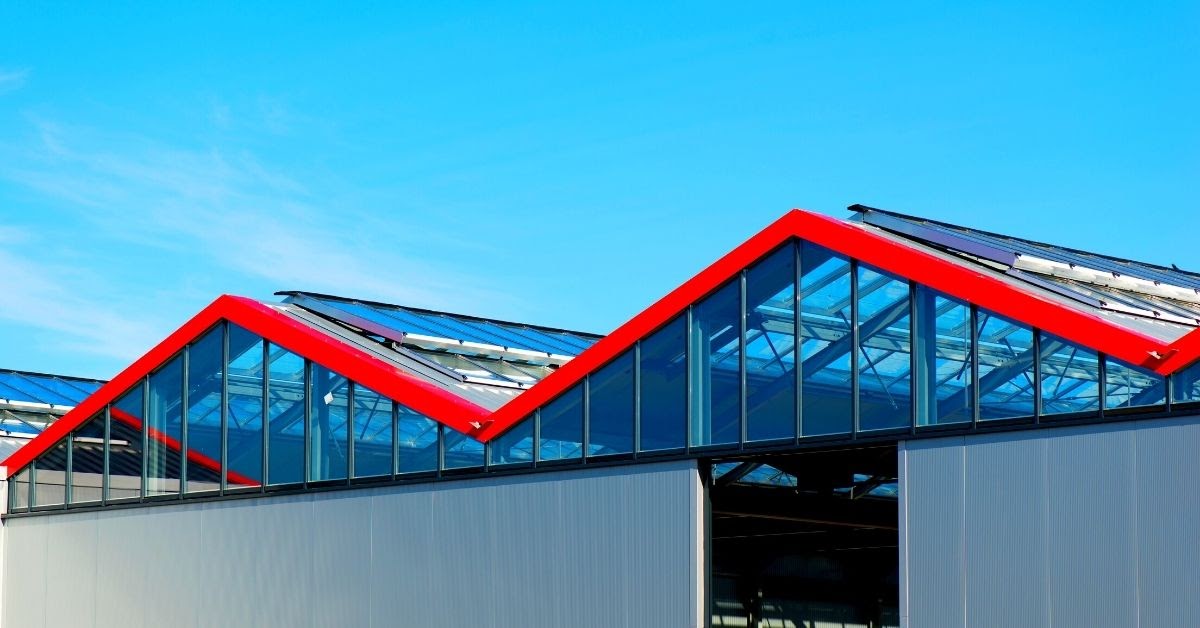Why You Should Supplement Commercial Roofing Projects
You’re missing out on maximizing ALL of your profits if you’re not supplementing your commercial projects along with your residential ones.
1 min read
.png) Balance Claims
:
Jan 2, 2018 9:19:01 AM
Balance Claims
:
Jan 2, 2018 9:19:01 AM

When you’re running a successful roofing business, there are numerous things you have to keep up with. When you’re busy building sales, running a team, and managing projects the process can get overwhelming. It is paramount to the success of your business that you stay in the know about all the updates and changes made to compliance codes across the country. Recently in 2015, The International Energy Conservation Code, 2012 Edition (IECC 2012) introduced many building energy performance requirements that make compliance challenging for commercial reroofing projects in jurisdictions that have adopted the code. As of January 1, 2015, 14 states (California, Delaware, Idaho, Illinois, Iowa, Maryland, Massachusetts, Montana, Oregon, New York, North Carolina, Rhode Island, Utah, and Washington) and the District of Columbia have adopted energy codes based on IECC 2012. Meanwhile, some local jurisdictions in other states also adopted similar energy codes.
This means that for reroofing professionals and commercial roofers, the scope of your projects in these states changes dramatically. Your methods of installation, size of your projects, and the time it takes to complete them may have all changed unbeknownst to you and your team.
You know your team and your company best, but the ever-shifting nature of compliance codes means sometimes you must know when to choose your battles. Examine your projects and the areas you’re working in. Nothing is more important to your profits than digging into the return-on-investment when completing projects. For example, Low-slope roof system replacements can be particularly challenging because the IECC 2012 prescriptive provisions for the building envelope are intended for new construction and do not offer specific relief for conditions unique to reroofing. Complying with IECC 2012 is further complicated because of different code interpretations by building officials and nonuniform enforcement. The implementation of these codes does not mean that you must second-guess every reroof or commercial project your team takes on. All this means for your team is that when completing big commercial projects, you know when to take the job or turn it down.
For more information, check out this article here that digs even deeper into the inner-machinations of code compliance.

You’re missing out on maximizing ALL of your profits if you’re not supplementing your commercial projects along with your residential ones.

House Bill (HB) 1183, enacted by the 83rd Texas Legislature and effective on Sept. 1, 2013, established prohibited conduct of insurance adjusters,...

Ambitious business owners want their companies to experience growth. If growth is your goal, but you feel that your business is stagnant or hitting...